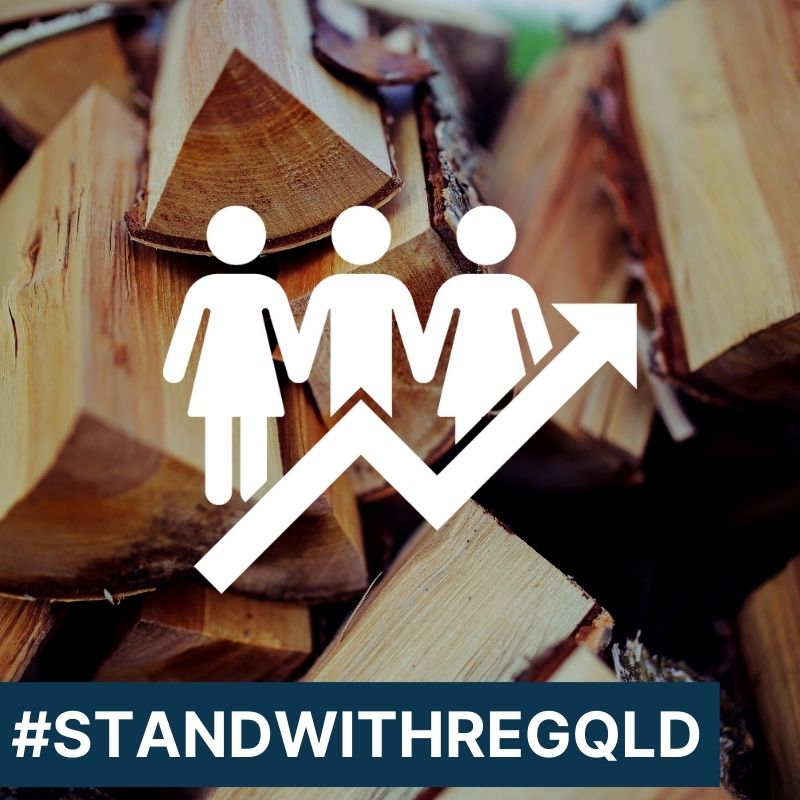Australia punches well above its weight in so many categories.
In my field of agriculture, for example, we produce three times as much food and fibre as we need.
And this sustainable surplus is just one of the many gifts this magnificent land bestows upon us - an abundance of mineral resources, globally unique landscapes and cultures, and an ability to win at almost any sport (we won a Winter Olympic gold medal for goodness sake!).
And we are not even close to fulfilling our potential.
Perhaps a result of being settled from the bottom up, Australia's northern half - the best bit in the humble opinion of this Townsville boy - continues to be undervalued.
More than half the size of Europe, Australia north of Gladstone is already the world's fifth-largest beef and sugar exporter, with 12 million cattle and 3000 sugarcane farms creating more than $3 billion each year.
We could easily greatly expand that, no worries, and without impacting on the region's unique and irreplaceable environmental and cultural assets.
But it will require a focused, bi-partisan and innovative approach by industry, local communities and governments of all levels, working with each other and the land.
We must acknowledge the vast scale of the region and its amazing diversity of climates and landscapes - from stony desert, through some of the world's best rangeland pastures, to tropical rainforest.
We must work with our land to create agricultural, economic, employment and social opportunities.
There is, for example, the opportunity to diversify into a wider range of high-value crops for export, to produce feed and fodder to support grazing, and expand private native forestry to ensure a sustainable timber supply.
Voluntary silviculture - growing native timber species - on existing grazing properties offers both economic and environmental outcomes, like carbon sequestration.
But we also need government to adopt the right policy settings - the federal government's visionary Northern Australia White Paper is an excellent starting point - and to continue to invest.
Not just in strategic infrastructure like road and rail corridors, ports and airports, and reliable, affordable water, but in intangibles like attracting and retaining the right people and skills.
We also need governments to have the courage to remove regulatory barriers, such as restrictive vegetation management and Reef protection legislation, which have been developed and imposed not based on science but public opinion.
And perhaps there lies our greatest challenge.

